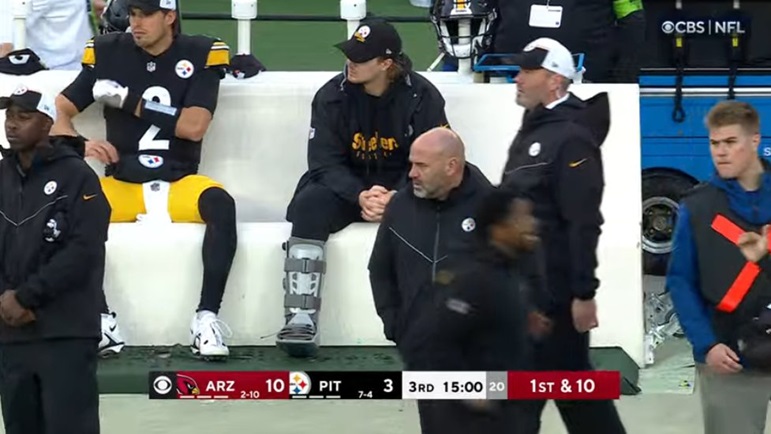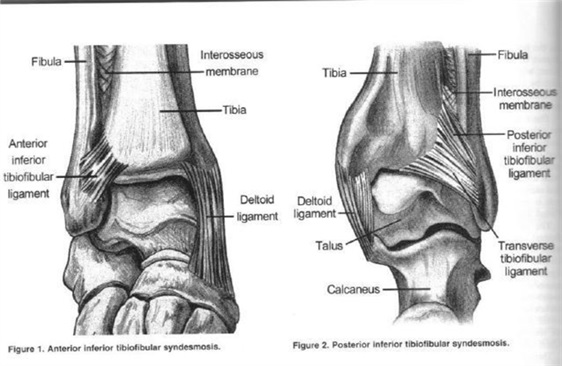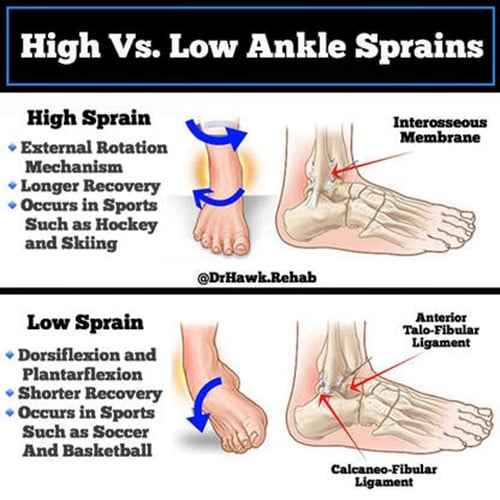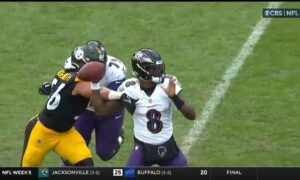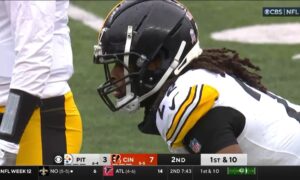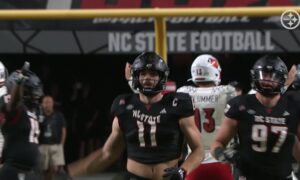Coming into Sunday’s game between the Steelers and the Cardinals, quarterback Kenny Pickett was already dealing with an ankle injury sustained in last Sunday’s win over the Cincinnati Bengals. He was a full participant in practice on Friday and entered the game with a heavily taped right ankle but no injury designation. With just over five minutes left in the first half, Pickett scrambled on 3rd and goal and was stopped one yard from the end zone. Worse than that, he struggled to get back to his feet and walked off the field with the assistance of team trainers, limping heavily. After a stop in the blue tent, he headed to the locker room. He was ruled out for the remainder of the game, and he was seen on the sideline with a boot on his right foot. His injury was described as “an ankle” by head coach Mike Tomlin following the game.
Shortly after the game, multiple updates from the Pittsburgh Post-Gazette’s Gerry Dulac made it clear that the situation was worse than last week.
Since then, reporting from Dulac and NFL Network’s Ian Rapoport indicates that Pickett will have surgery. If there is instability due to a high-grade high ankle sprain, surgery can speed up recovery and may provide a better long-term result. High ankle sprains are quite different from low ankle sprains with respect to the actual injury as well as the return to play. First, a quick anatomy review.
The ankle joint is formed by multiple ligaments and tendons that connect the bones and muscle (a quick reminder: Ligaments connect bone to bone and tendons connect muscle to bone; a sprain is a ligament injury, and a strain is a tendon injury).
A lower ankle sprain involves the ligaments that connect the tibia and fibula (the two bones between the knee and ankle) to the bones of the ankle. A high ankle sprain is an injury to the ligaments that connect the tibia and fibula to each other just above the bones of the ankle. This is sometimes referred to as a syndesmotic sprain, referring to the interosseous (between bone) membrane.
Figure 1 www.orthobullets.com
The mechanism of injury tells you a lot about what type of sprain occurs.
Figure 2 http://www.milnerchiropractic.ca
An external rotation of the foot is more likely to cause a tear of the ligaments that connect the tibia and fibula, whereas inversion stretches the lateral ankle ligaments. Check out the external rotation of Pickett’s right foot on the play where he got injured, and it’s pretty clear that he sustained a high ankle sprain:
The higher the grade of the sprain, the longer the team will be without its starting quarterback because not all ankle sprains are equal, of course.
Grade 1 sprains are minimal ligament tears or stretches, Grade 2 are partial tears, and Grade 3 are full tears. What makes a Grade 3 high ankle sprain so serious sometimes is that the fibula and tibia bones can actually be spaced farther apart from each other, making the ankle joint unstable. Surgery may be required in that case. It is the presence or absence of this diastasis, or widening of the space between the tibia and fibula, that really defines the severity of the high ankle sprain. While high ankle sprains typically require a longer recovery, a mild high ankle sprain can heal faster than a bad lateral ankle sprain. And that’s an important consideration when looking at recovery time.
- A study from the University of Michigan followed 20 NCAA Division 1 football players with a Grade 1 high ankle sprain. The mean time to return to play was 15.5 days, and none of the players missed more than 30 days.
- In a study presented at the American Academy of Orthopaedic Surgeons meeting in 2012 and later published, a single NFL team database was studied over a 15-year period. 36 syndesmotic/high ankle sprains and 53 lateral ankle sprains were identified over this time. All players were managed non-operatively. The mean time lost from participation was 15.4 days in the syndesmosis and 6.5 days in the lateral ankle sprain groups.
- A review of high ankle sprains in the NFL database across 11 seasons just published last May 2021 showed an average return to play of 11.5 weeks, with defensive players returning faster (9.7 weeks) than offensive players (12.8 weeks).
If Pickett is, in fact, headed to surgery today, it won’t be the first time. During his college career, Pickett was able to finish the game versus Boston College on Oct. 10, 2020, after sustaining a Grade 3 left high ankle sprain as well as a Grade 2 low ankle sprain. At the time, the surgery was never confirmed by University of Pittsburgh head coach Pat Narduzzi. Pickett missed only two games thanks to the team’s schedule, which included a week off. He returned to play on Nov. 7, 2020, and finished the season but it wasn’t easy. Pickett showed post-operative photos of his ankle and discussed the procedure and recovery when he spoke with the Pittsburgh Post-Gazette’s John McGonigal prior to his final NCAA season. He had surgery the day following the injury and was back at the training facility the next morning to begin the rehabilitation process. Once he returned to play, he upgraded his left cleat from his normal size 11 to a 13 to allow room for additional support. The remainder of the season Pickett was extremely limited in practice, spending most of the week recovering from the prior game to be able to play in the next one.
It is reasonable to think that Pickett entered Sunday’s game with a low ankle injury and added a high ankle sprain, which would make this a similar situation to 2020. But it is the severity of the high ankle sprain that would mean a return to the operating room, not the combination of sprains.
With a short week as the Steelers prepare to face the New England Patriots on Thursday Night Football, it’s almost certain that Pickett will miss the next game. And given the short week, Coach Mike Tomlin will be speaking with the media on Monday, rather than his normal Tuesday press conference. He will likely confirm the surgery. Hopefully Pickett will make it back to his teammates for the holidays.
Melanie H. Friedlander, M.D., F.A.C.S. is a board-certified general surgeon at the Association of South Bay Surgeons in Torrance, California. She has developed and published many scientific studies in highly esteemed medical journals

